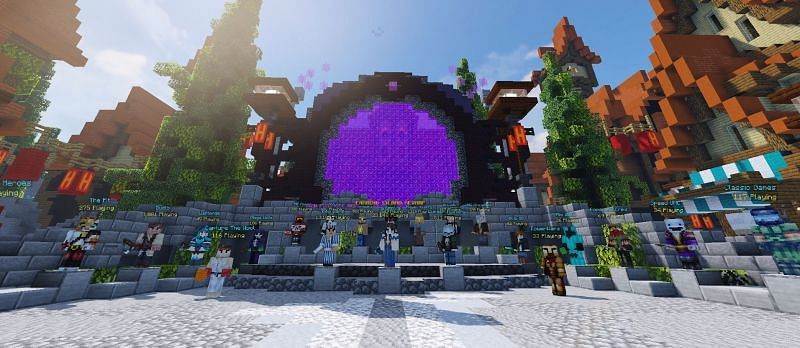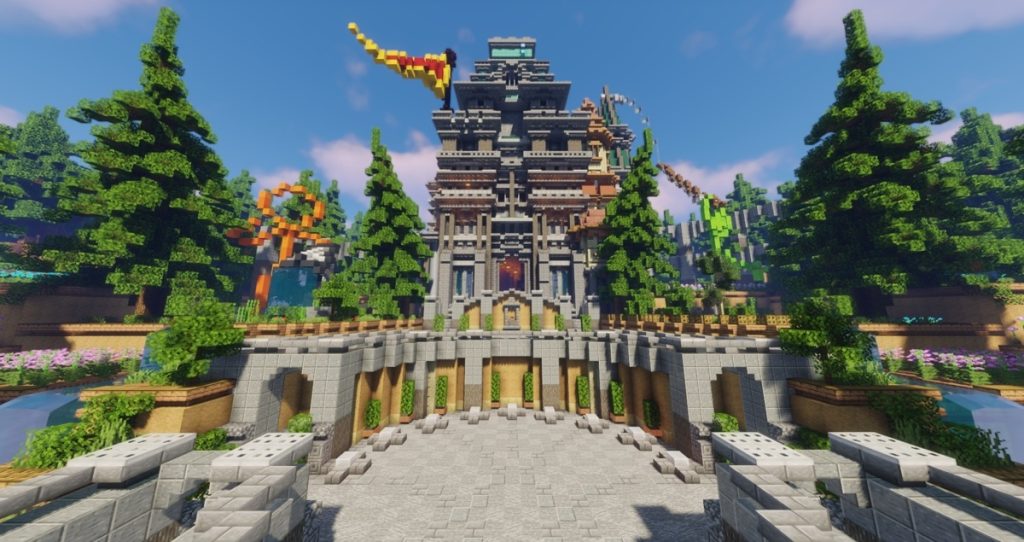Breaking Down the Basics: How to Start Your Own Minecraft Server
Minecraft, with its limitless world of blocks and endless possibilities, has evolved beyond a mere game to become a platform for creativity, collaboration, and community. If you’re captivated by the idea of creating your own virtual realm and fostering a community of players, starting your own Minecraft server is the way to go. In this comprehensive guide, we will break down the basics of how to embark on this exciting journey and establish your Minecraft server from scratch.
Understanding the Essentials
1. Prepare Your Hardware: Before delving into the intricacies of server setup, ensure that your hardware is up to the task. While it’s possible to run a small server on your personal computer, a dedicated machine or a hosting service is recommended for more extensive and stable gameplay.
2. Choose Your Server Type: Decide on the type of server you want to create. Will it be a survival server where players fend for themselves, a creative server for building, or perhaps a minigame server with custom challenges? Your server’s purpose will influence the plugins and configurations you choose.
3. Install Java and Minecraft Server Software: Minecraft servers rely on Java to run. Ensure you have the latest Java version installed on your machine. Next, download the official Minecraft server software from the Minecraft website. This software will be the backbone of your server.
4. Configure Server Settings: Once you’ve installed the server software, it’s time to configure the server settings. Customize the server name, adjust player limits, and set the game mode according to your server’s theme. Configuration files are typically editable using a simple text editor.
Setting Up Your Server

1. Port Forwarding: For players to connect to your server, you’ll need to enable port forwarding on your router. This involves directing incoming traffic on a specific port (default is 25565 for Minecraft) to your server machine. Access your router settings to set up port forwarding.
2. Public or Private Server: Decide whether your server will be public, allowing anyone to join, or private, with a whitelist of approved players. Public servers attract a larger community, while private servers offer a more controlled and intimate environment.
3. Install Plugins and Mods: Enhance your server’s functionality and gameplay experience by installing plugins and mods. Plugins can add features like economy systems, anti-grief protection, and custom game mechanics. Ensure compatibility with your server version.
4. Set Rules and Moderation: Clearly define the rules of your server to maintain a positive and enjoyable atmosphere. Implement moderation tools to address rule violations promptly. A well-moderated server fosters a welcoming community.
5. Backup Your World: Regularly backup your server world to prevent data loss in case of unforeseen events. Many server hosting services offer automatic backup options, but if you’re hosting locally, manually copy the world files to a secure location.
Choosing a Hosting Option
- Local Hosting: Hosting a server on your local machine is suitable for small, private communities. However, it may limit player slots and can be resource-intensive.
- Dedicated Server: For larger communities or resource-demanding setups, consider a dedicated server. This involves running the server on a separate machine, providing better performance and stability.
- Server Hosting Services: Opting for a professional server hosting service is a convenient choice. It eliminates the need for hardware maintenance, offers scalability, and often includes user-friendly interfaces for server management.
Promoting Your Server
- Create a Website or Forum Post: Establish an online presence for your server by creating a dedicated website or forum post. Provide information about your server, including rules, features, and a link to join.
- Utilize Social Media: Leverage social media platforms to reach a broader audience. Share updates, events, and engaging content related to your server. Platforms like Discord can also serve as a hub for your community.
- Collaborate with Other Servers: Forge partnerships with other server owners or join server listing websites. Collaborative efforts can lead to cross-promotion, attracting players from different communities.
Maintaining and Growing Your Community

1. Engage with Your Players: Actively participate in your server community. Engage with players, address concerns, and encourage discussions. A server with involved owners fosters a sense of community.
2. Host Events and Contests: Spice up your server experience by game hosting in-game events and contests. This not only provides entertainment but also attracts new players.
3. Collect Feedback: Regularly gather feedback from your players. Understand their preferences and concerns to make informed decisions about server improvements and updates.
Troubleshooting Common Issues
1. Performance Problems: If your server experiences lag or performance issues, consider upgrading your hosting plan, optimizing plugins, or adjusting server settings.
2. Griefing and Rule Violations: Implement anti-griefing plugins and establish a clear set of rules. Enforce moderation consistently to maintain a positive environment.
3. Technical Glitches: Stay informed about Minecraft updates and plugin compatibility. Ensure your server software and plugins are up to date to prevent technical glitches.
Embarking on the journey of starting your own Minecraft server is a thrilling endeavor that opens the door to a world of creativity, camaraderie, and endless adventures. By breaking down the basics and understanding the key steps involved, you can lay a solid foundation for a successful and vibrant Minecraft community. Remember, the journey is as rewarding as the destination, and with dedication and creativity, your Minecraft server can become a cherished digital realm for players around the globe. Here’s to the exciting world of Minecraft server ownership!
